Serengeti Shall Not Die: Why We Must Protect This Living Wonder
“No one who has ever seen the great migration of wildebeest and zebras across the Serengeti plains can ever forget the spectacle. If we allow the Serengeti to be destroyed, we are betraying not only the animals but our children and future generations.”
—Dr. Bernhard Grzimek
The Serengeti: Where the Earth Still Breathes Wild

Imagine standing on golden plains that stretch beyond the horizon, where the rhythm of hooves and the roar of lions echo through time. This is the Serengeti—a 14,750 km² sanctuary in northern Tanzania, renowned for hosting the largest terrestrial wildlife migration on Earth. Each year, over 1.5 million wildebeest, 250,000 zebras, and countless gazelles traverse its vast expanse in a timeless cycle of survival.
The Serengeti is not just a park; it’s a living, breathing testament to nature’s grandeur. Its preservation is crucial—not only for the myriad species that call it home but for the ecological balance of our planet.
A Cradle of Biodiversity
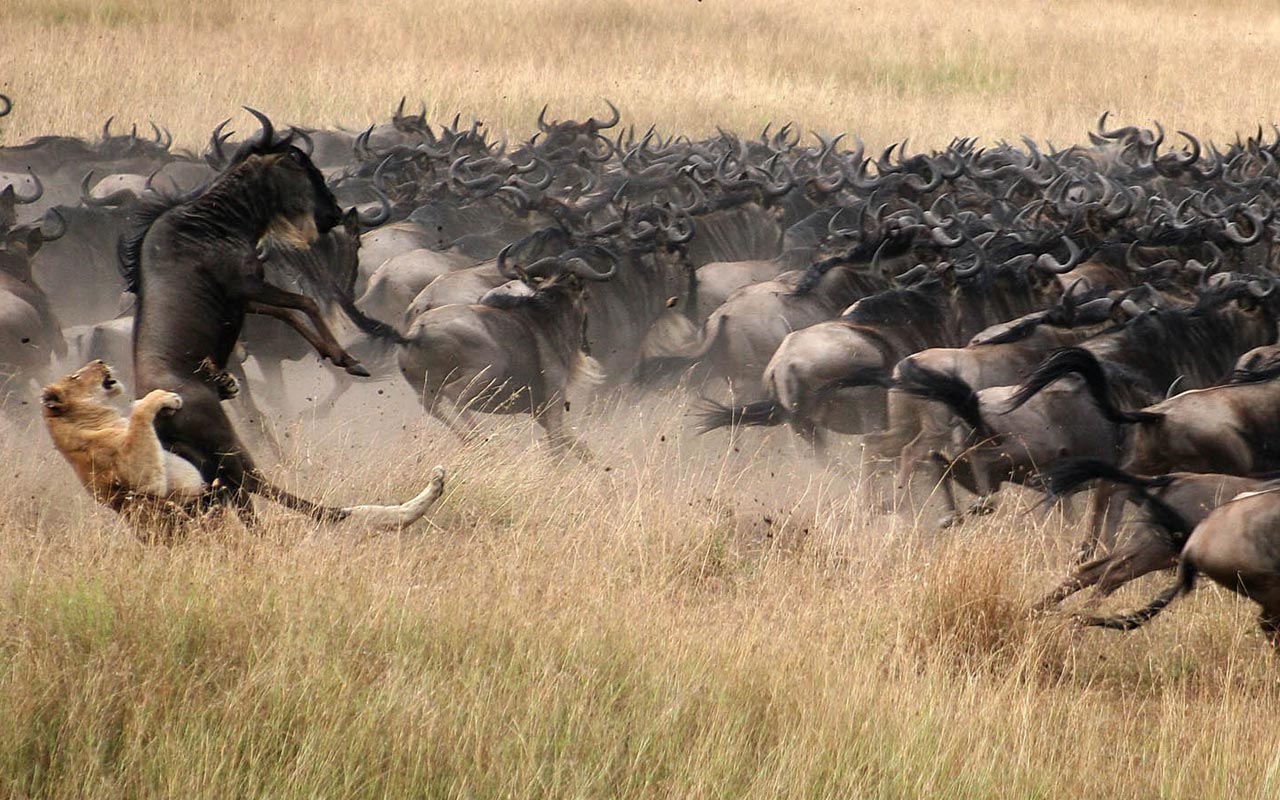
Home to over 70 large mammal species and more than 500 bird species, the Serengeti is a biodiversity hotspot. Predators like lions, cheetahs, and hyenas thrive here, maintaining the delicate balance of the ecosystem. Herbivores such as elephants, giraffes, and buffaloes roam freely, shaping the landscape as they graze.(Wikipedia)
Dr. Tony Sinclair, a renowned ecologist, emphasizes the Serengeti’s unique ecological dynamics:(Wikipedia)
“The Serengeti ecosystem demonstrates how predator-prey relationships and migration patterns are essential for maintaining ecological balance.”
This intricate web of life is a result of millions of years of evolution, making the Serengeti an invaluable natural archive.
Climate Regulation and Ecosystem Services
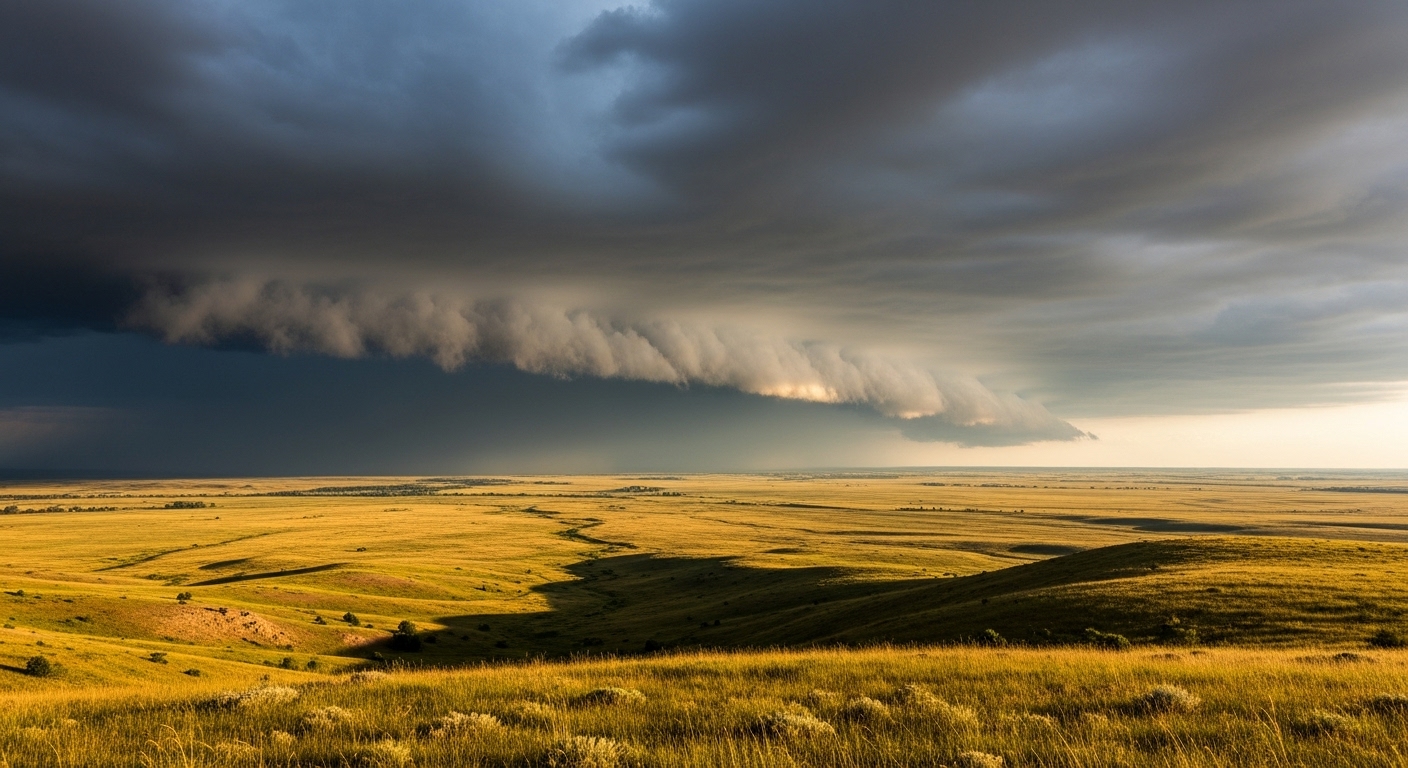
Beyond its wildlife, the Serengeti plays a vital role in climate regulation. Its vast grasslands act as carbon sinks, absorbing significant amounts of CO₂ and helping mitigate climate change. The ecosystem also supports water cycles, soil fertility, and pollination—services that extend benefits far beyond its borders.
A study published in the journal Science highlights the impact of human activities on the Serengeti-Mara ecosystem:(Science)
“Increased human activity around the boundaries is having a detrimental impact on plants, animals, and soils.”(Penn State)
Protecting the Serengeti ensures the continuation of these essential ecosystem services.
Threats to the Serengeti
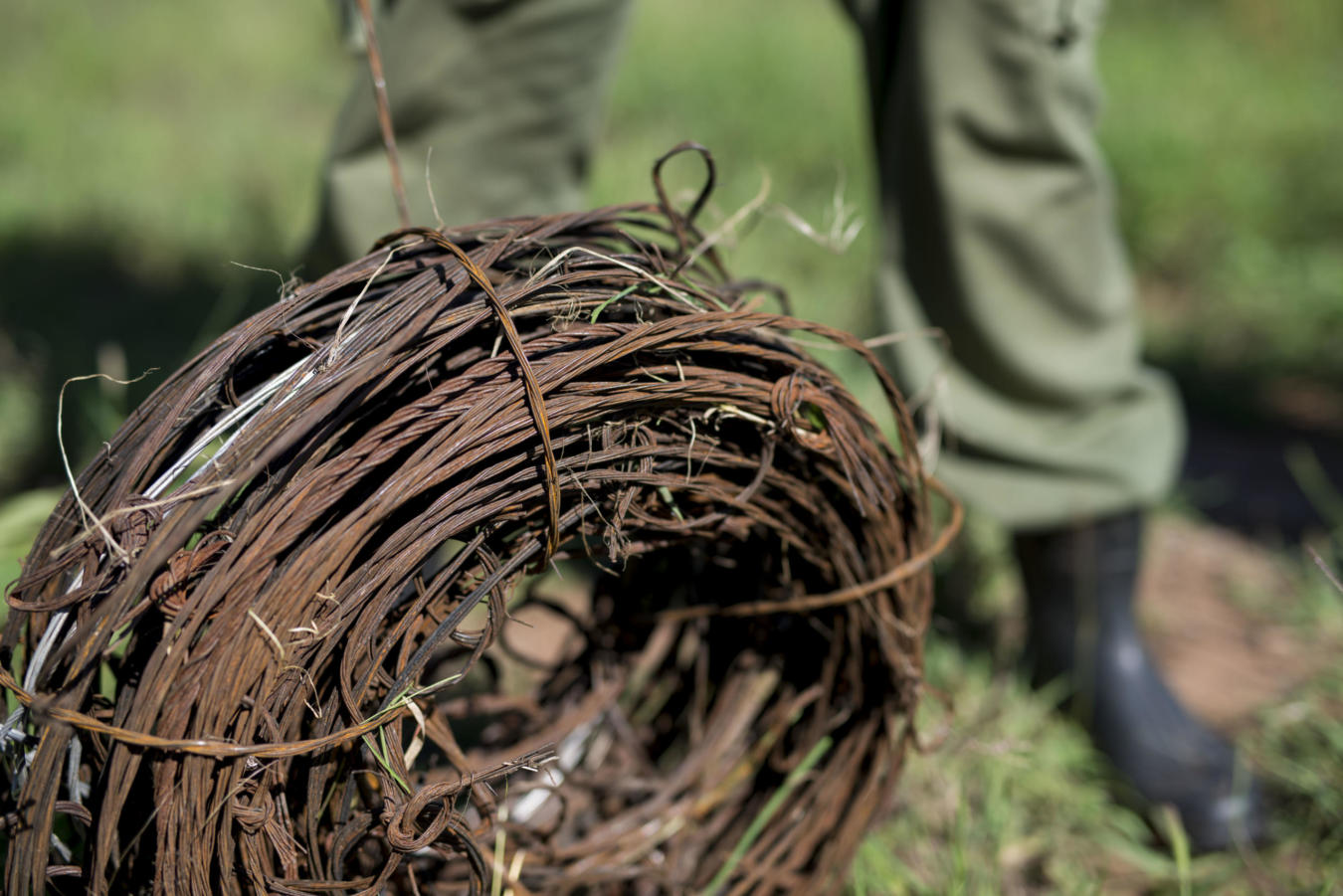
Despite its protected status, the Serengeti faces numerous threats:
- Poaching: Illegal hunting has decimated populations of elephants, rhinos, and other species.
- Habitat Loss: Agricultural expansion and infrastructure development encroach upon wildlife corridors.
- Climate Change: Altered rainfall patterns affect migration and breeding cycles.
Conservationist Markus Borner, who dedicated over 40 years to the Serengeti, warned:(Wikipedia)
“Without proactive measures, we risk losing this irreplaceable ecosystem.”
Community Involvement: A Key to Conservation
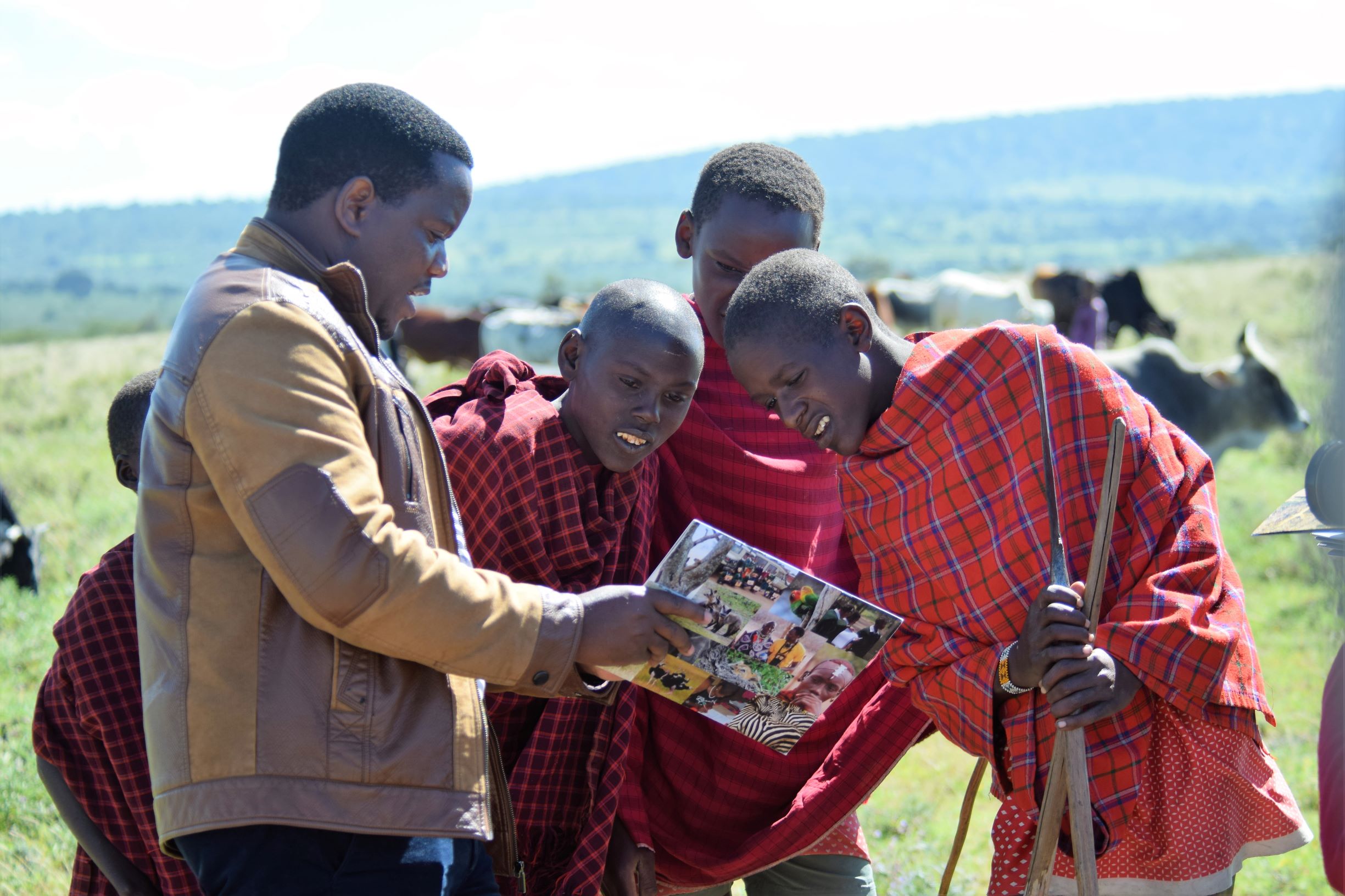
Effective conservation requires the involvement of local communities. Benefit-sharing mechanisms, such as eco-tourism and community-based projects, provide economic incentives for locals to protect wildlife.(ScienceDirect)
A study in Frontiers in Conservation Science emphasizes the importance of integrating traditional knowledge:(Frontiers)
“Leveraging traditional ecological knowledge can enhance ecosystem restoration and conservation efforts.”(arXiv)
Empowering communities ensures sustainable stewardship of the Serengeti.
A Global Responsibility
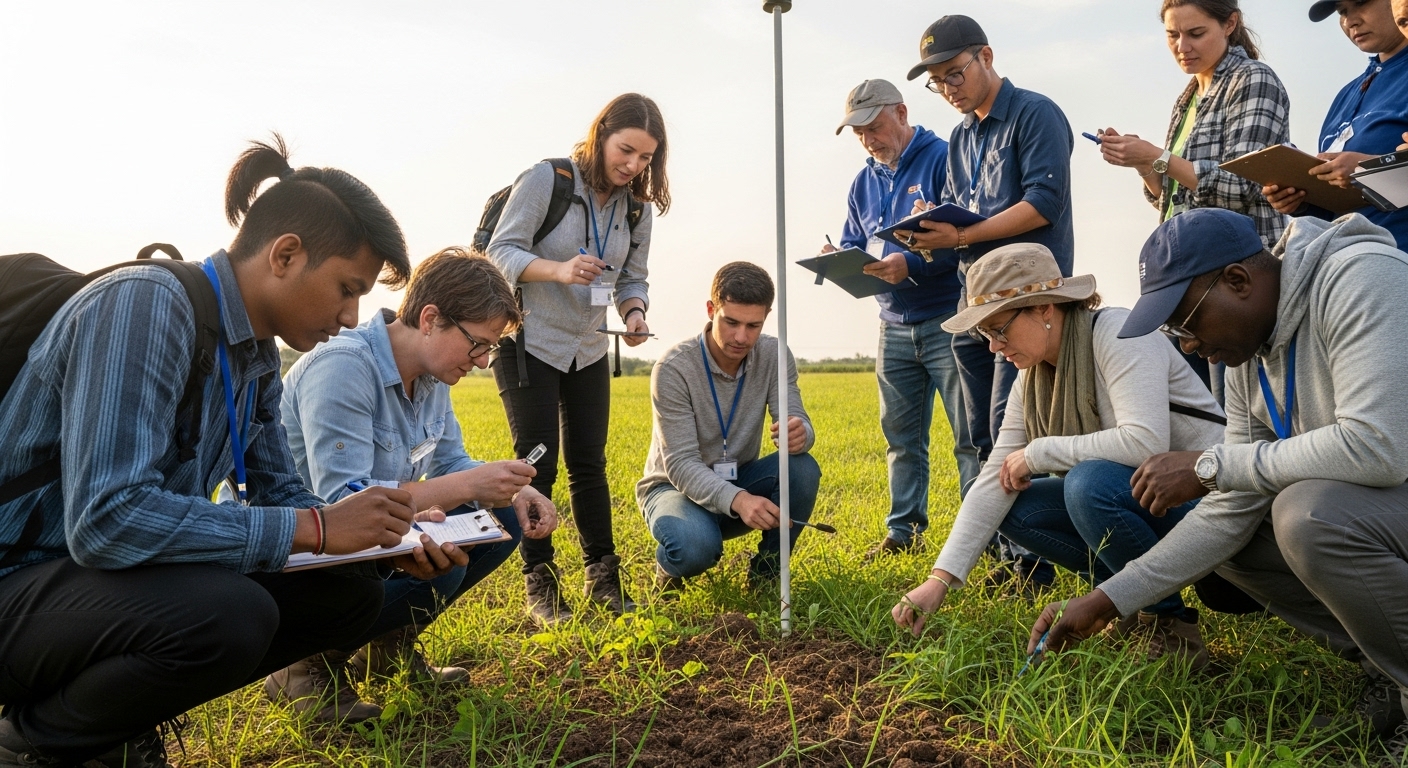
The Serengeti’s significance transcends national borders. As a UNESCO World Heritage Site and one of the Seven Natural Wonders of Africa, its preservation is a global imperative.
Dr. Bernhard Grzimek, in his seminal work Serengeti Shall Not Die, poignantly stated:
“The Serengeti must not die. It is a symbol of the natural world’s grandeur and a reminder of our duty to protect it.”
His words continue to inspire conservation efforts worldwide.
Conclusion: Ensuring the Serengeti’s Future
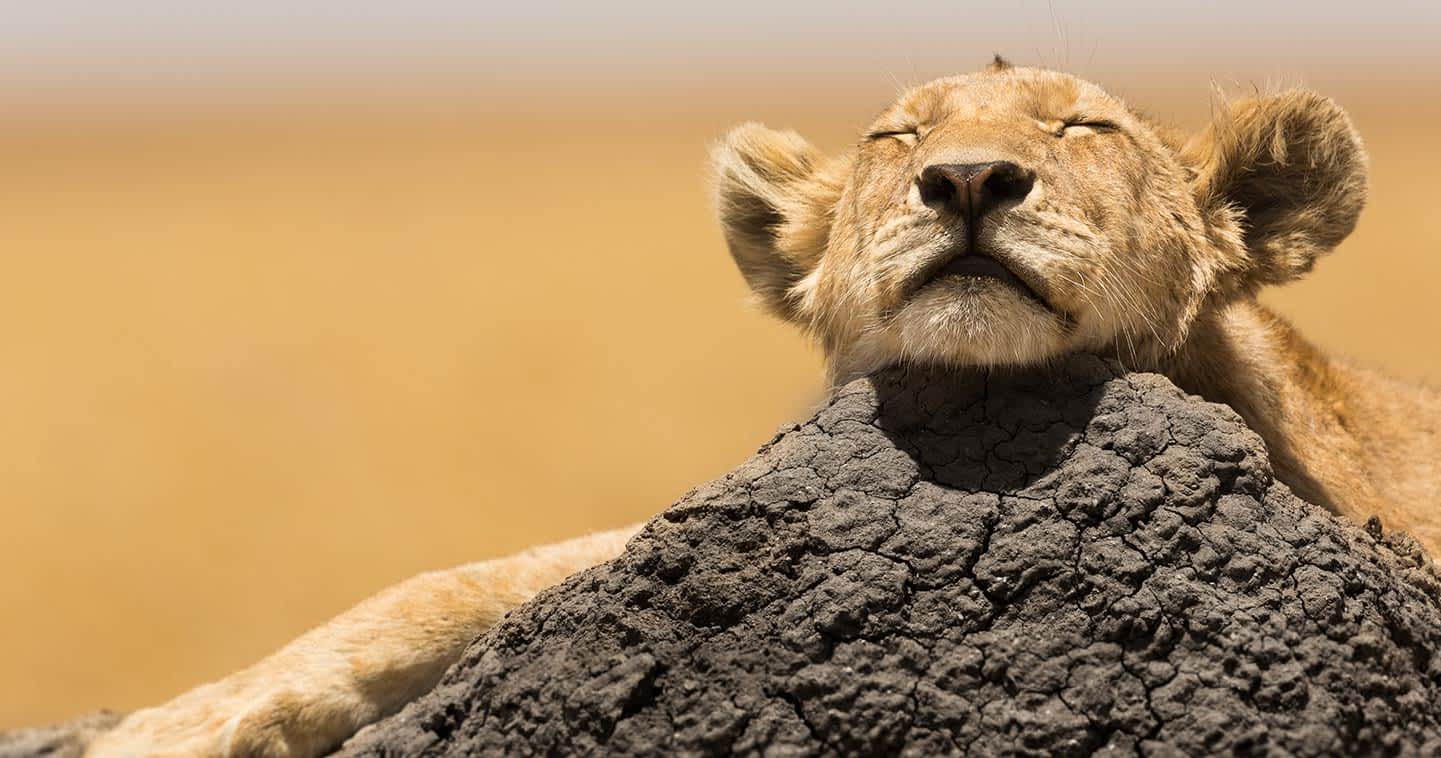
The Serengeti stands as a beacon of nature’s resilience and splendor. Its preservation is not just about saving wildlife; it’s about maintaining the ecological balance that sustains life on Earth.
As stewards of the planet, we have a responsibility to ensure that the Serengeti continues to thrive for generations to come. Through concerted conservation efforts, community engagement, and global support, we can uphold the legacy of this magnificent ecosystem.



